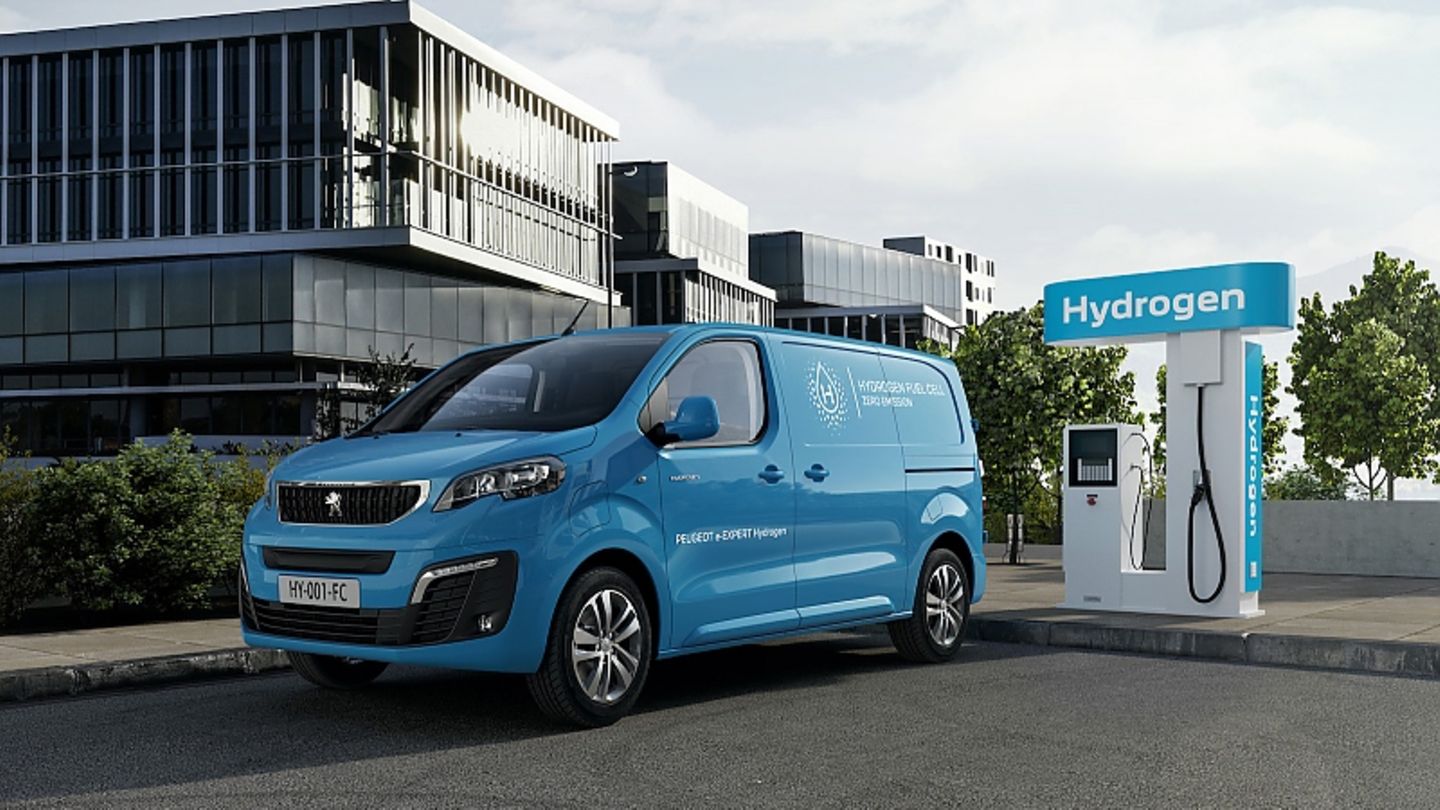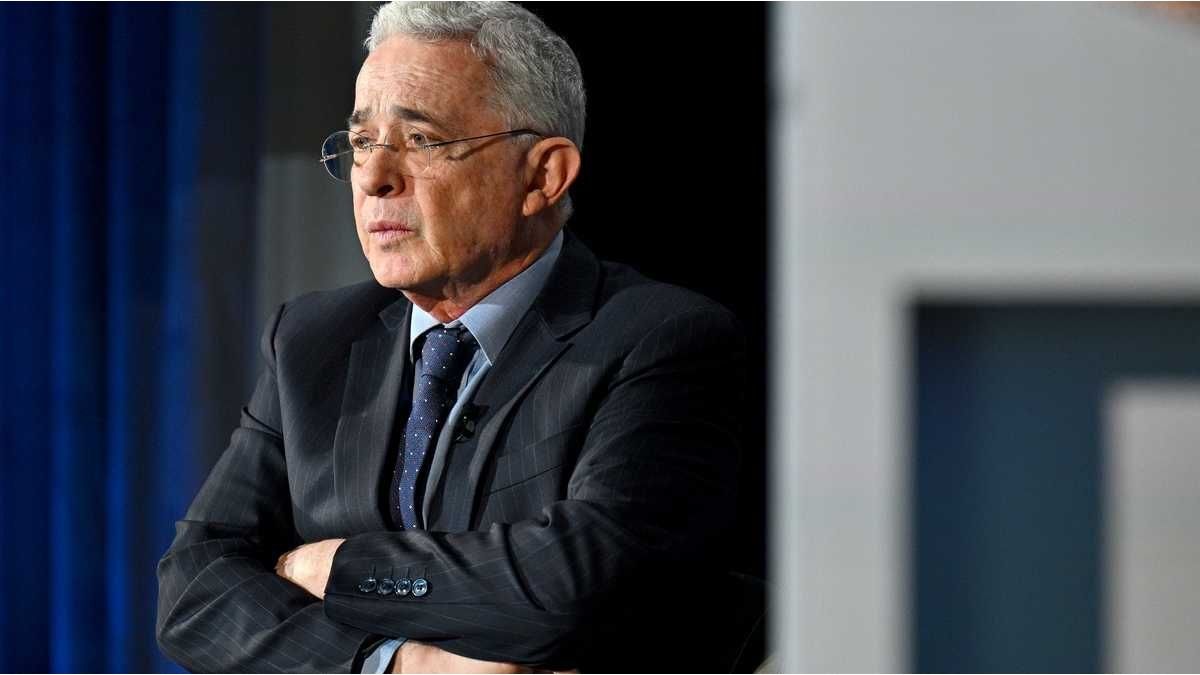Stellantis showed the way a few weeks ago and now Renault-Nissan is getting back into hydrogen propulsion. This is surprising once again, as the two French companies are currently converting to electrical brands.
At Stellantis, the hydrogen drive has a notable history, at least in its Rüsselsheim brand arm Opel. Because General Motors, as the former owner of the brand, relied on the fuel cell as a future technology for many years, the Opel development team also worked on the hydrogen drive for more than 20 years and, for example, also implemented a small series of the Opel Zafira as Hydrogen 3 with fuel cell in the early 2000s.
Hydrogen is meanwhile also an issue for competitor Renault-Nissan and especially for the Renault brand. With the Renault Master panel van H2-Tech and a hydrogen filling station, Hyvia is now presenting the first two near-series prototypes for a comprehensive ecosystem for carbon-free mobility. The H2-Tech transporter is the first of three light commercial vehicles with fuel cell drive that the Renault Group’s joint venture plans to bring onto the market from next year. “I am pleased to present our first hydrogen prototypes,” says David Holderbach, CEO of Hyvia, “Hyvia stands for tailor-made hydrogen solutions and a comprehensive ecosystem for carbon-free mobility. Our strength is our agility, which combines the competencies of two leading companies: Renault Group and Plug Power. “
The Renault Master Delivery Van H2-Tech has a 30 kW fuel cell in addition to its 33 kWh battery pack. Four tanks with a capacity of six kilograms should enable a total range of up to 500 kilometers; 100 kilometers of it in battery operation. This makes the transporter with a loading volume of twelve cubic meters suitable for use by logistics companies, major customers and municipalities. At a later date, the Master as the H2-Tech platform chassis with 19 cubic meters of loading capacity and a range of 250 kilometers and the Master Combi H2-Tech, a minibus for up to 15 people with a range of around 300 kilometers, will follow. The models can be refueled at a hydrogen filling station in around five minutes and thus at the level of a vehicle with a combustion engine. The hydrogen is either generated on site by water electrolysis or delivered on tank trailers. The Hyvia filling stations themselves are offered for sale, leasing or rent.
Stellantis and its group brands Opel, Citroen and Peugeot are already one step further. “For us it’s not about either or,” emphasizes Dr. Lars-Peter Tiesen, responsible for fuel cell technology at Stellantis, “it’s about adding a sensible addition to the electric drive where it suits the customer best. We’ll see that first of all in fleet operations.” In the next two years, a small fleet of up to 2,000 vehicles is to be built at the Stellantis site in Rüsselsheim, which will be converted from battery-powered electric drives to fuel cells. The Opel Vivaro, Peugeot Expert and Citroen Jumpy models are converted to hydrogen technology in Rüsselsheim at a reasonable cost. “The three 700-bar fuel cell tanks with a volume of 4.4 cubic meters are located in the same frame in which the battery pack is otherwise housed in the underbody,” explains Lars-Peter Tiesen further, “the use of the cargo space is not restricted by this. ” Stellantis opted for a so-called mid-power concept; This means that the fuel cell is of medium size and is supported by a plug-in module with an additional battery, which is installed under the driver’s bench. The hidden 10.5 kWh battery can be charged at the socket and enables a range of around 50 kilometers.
For longer distances there is the fuel cell, which with its 45 kilowatts provides the drive with steady travel and supplies the electric motor with its 100 kW / 136 HP under the bonnet with energy. “We have good customer demand,” says Lars-Peter Tiesen, “for most of them it is about the short refueling time, because that is done after three minutes.” Overall, the three-pack consisting of the Opel Vivaro-e Hydrogen and the two sister models Peugeot Expert and Citroen Jumpy has a range of 400 kilometers at a maximum speed of 130 km / h. The commercial fleet customer can decide whether he opts for the version with a normal wheelbase or the XL version, then instead of the load volume of 5.3, there is an impressive 6.1 cubic meters.
Source From: Stern
I am a 24-year-old writer and journalist who has been working in the news industry for the past two years. I write primarily about market news, so if you’re looking for insights into what’s going on in the stock market or economic indicators, you’ve come to the right place. I also dabble in writing articles on lifestyle trends and pop culture news.




